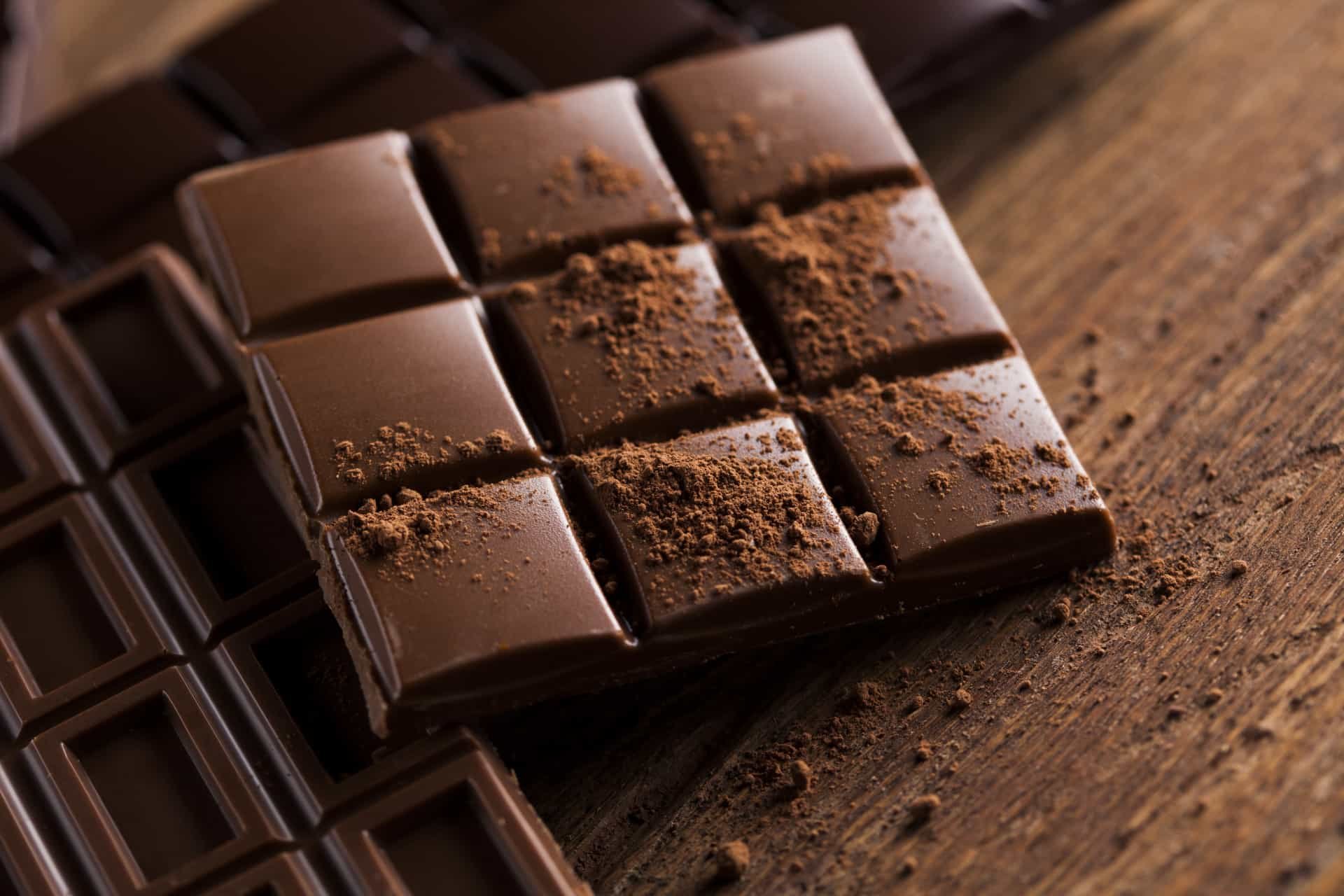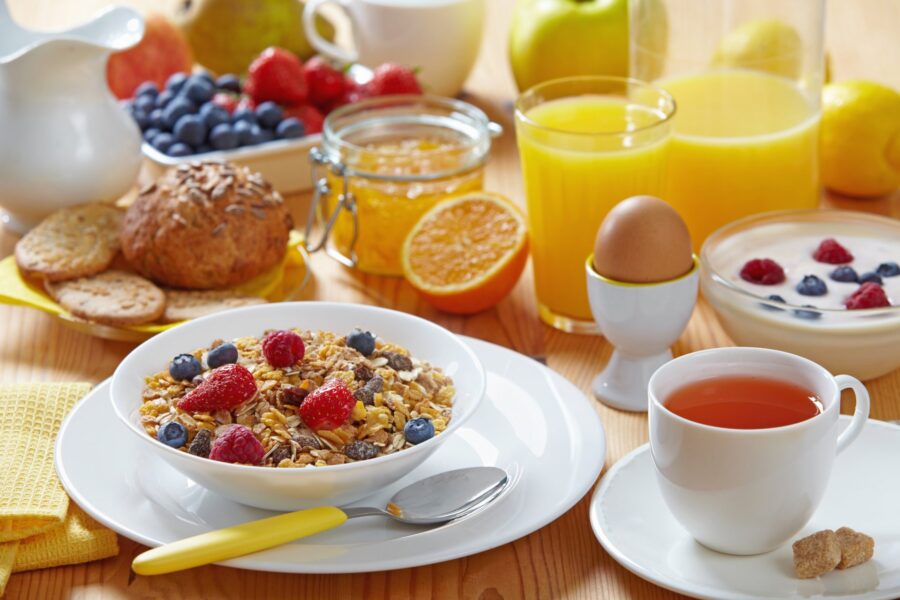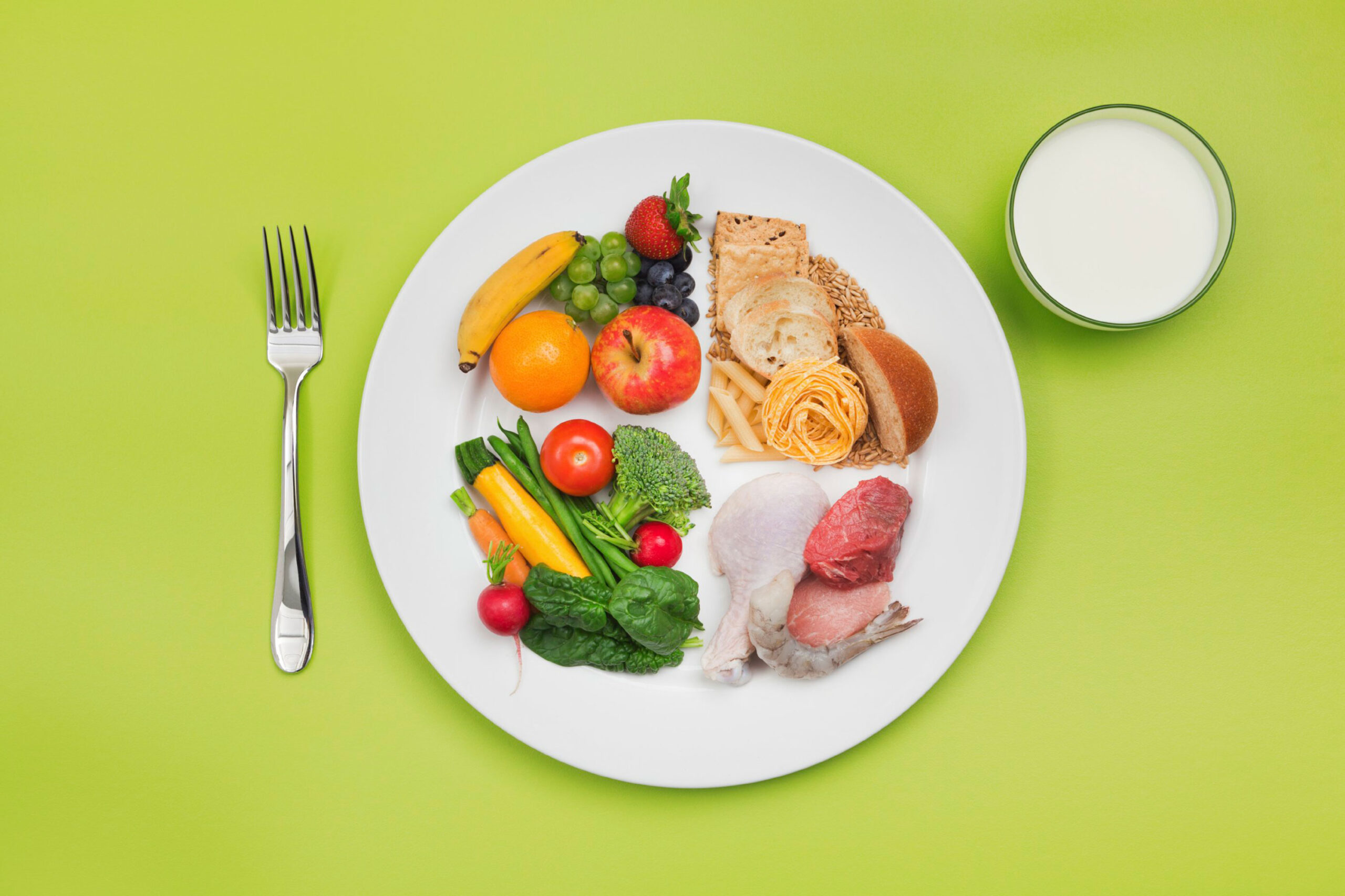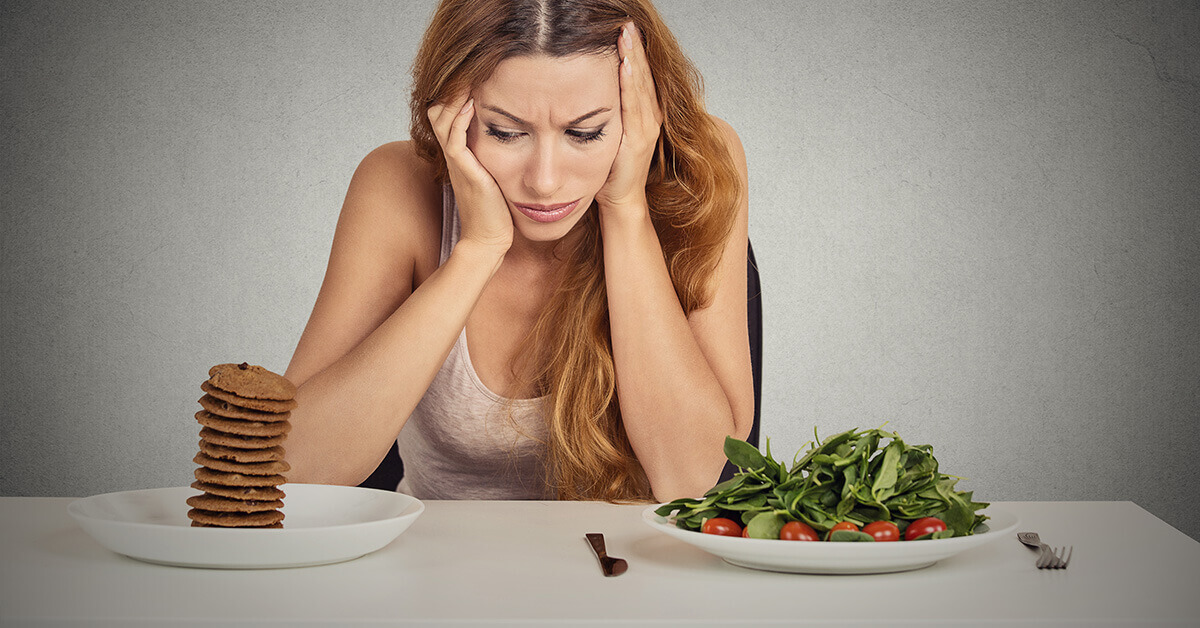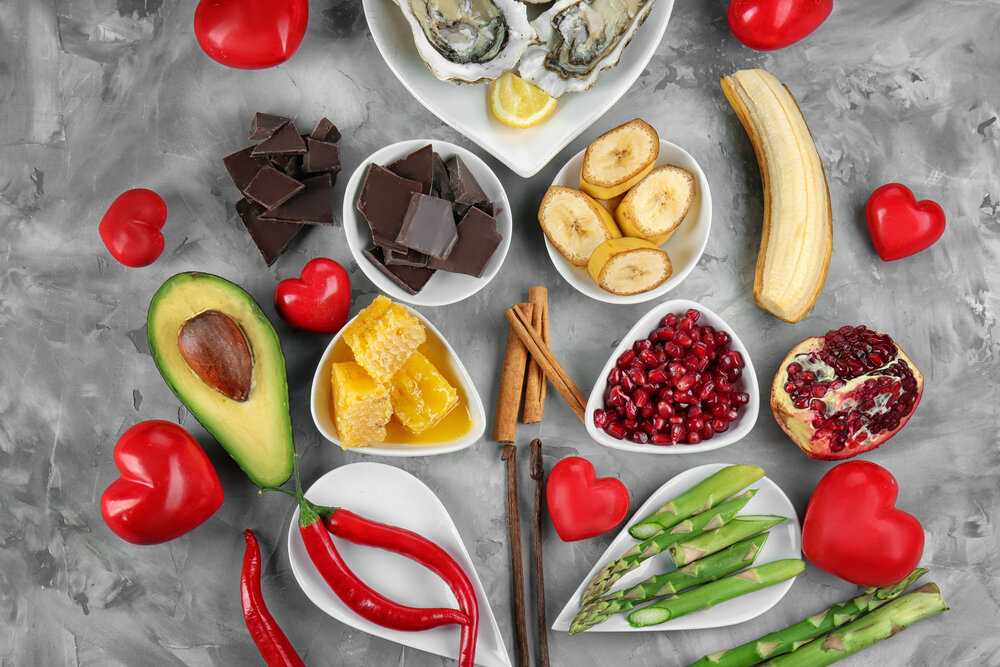The journey of chocolate from bean to bar is a fascinating blend of art and science. This process transforms the humble cacao bean into the rich, flavorful chocolate we all love. Understanding the science behind chocolate making not only enhances our appreciation for this beloved treat but also illuminates the intricate processes that contribute to its unique taste and texture.
The Origin: Cacao Beans
The story of chocolate begins with the cacao tree, which grows in tropical climates. The tree produces pods containing cacao beans surrounded by a sweet, pulpy fruit. The type of cacao tree, as well as the soil and climate of the region where it grows, significantly influences the flavor profile of the chocolate.
Harvesting and Fermentation
Once harvested, the cacao pods are opened, and the beans, along with the pulp, are removed. The beans are then fermented, a crucial step where natural fermentation processes develop the beans’ complex flavors. The length and conditions of fermentation affect the taste and quality of the chocolate.
Drying and Roasting
After fermentation, the beans are dried, reducing moisture and further concentrating the flavors. The dried beans are then roasted, a process that develops the chocolate’s rich color and aroma. The roasting temperature and duration can vary, each creating a different flavor profile in the final product.
Cracking and Winnowing
Post-roasting, the beans are cracked to separate the nibs (the inside of the bean) from the shell. The nibs contain the essence of the chocolate flavor. Winnowing removes the shell fragments, leaving behind just the cocoa nibs, which are the foundation for chocolate products.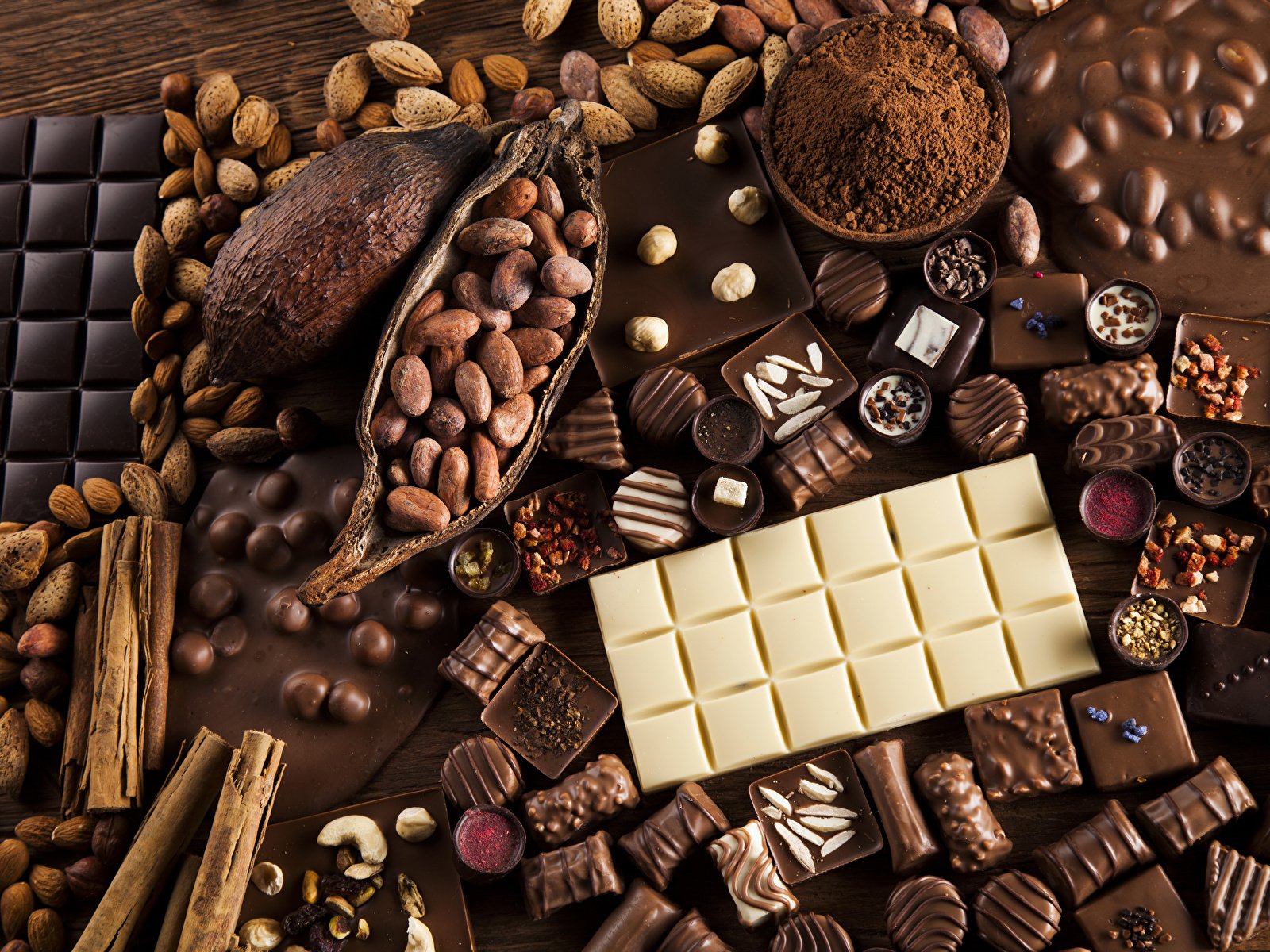
Grinding and Conching
The cocoa nibs are ground into a paste called chocolate liquor or cocoa mass. This grinding process generates heat, which melts the cocoa butter within the nibs, creating a liquid. The chocolate is then conched, a process of heating and mixing, which refines the texture and develops the flavor. Conching can last from a few hours to several days and is essential for producing smooth, high-quality chocolate.
Tempering: The Key to Texture
Tempering is the controlled process of heating and cooling the chocolate. This step stabilizes the cocoa butter crystals, ensuring the chocolate has a glossy finish and a firm snap. Proper tempering is crucial for the chocolate’s texture and how it melts in the mouth.
Molding and Setting
Finally, the tempered chocolate is poured into molds and allowed to set. This process solidifies the chocolate into the desired shape, whether it be bars, chips, or any other form. Once set, the chocolate is ready to be packaged and enjoyed.
Conclusion: A Blend of Science and Sensory Delight
The science of chocolate making is a complex and fascinating journey, where each step from bean to bar contributes to the final product’s flavor, aroma, and texture. Understanding this process deepens our appreciation for chocolate, turning every bite into an experience of both sensory delight and scientific wonder. Whether you’re a casual chocolate lover or a connoisseur, the world of chocolate offers a rich tapestry of tastes and textures, all rooted in the intricate science of its making.
